The art of dyeing agate has been practiced for centuries, with artisans employing various techniques to enhance the stone's natural beauty. Unlike synthetic gemstones, agate is a form of chalcedony that occurs in a wide range of colors and patterns. However, not all agates possess the vivid hues that make them desirable in jewelry and decorative arts. This is where dyeing comes into play—a process that can either be seen as an artistic enhancement or, in some cases, a deceptive practice. Understanding how to identify dyed agate is crucial for collectors, jewelers, and enthusiasts who value authenticity.
The Science Behind Agate Dyeing
Agate's porous structure makes it particularly receptive to dyes. The stone is composed of microscopic quartz crystals arranged in layers, creating tiny channels that allow liquids to penetrate. Artisans exploit this characteristic by soaking agate in chemical solutions, which seep into these channels and impart color. Commonly used dyes include aniline-based solutions, iron compounds for reddish-brown tones, and chromium salts for green hues. The process often involves heating the stone to open its pores, ensuring deeper and more even coloration.
One of the most telling signs of dyed agate is an unnatural uniformity in color. Natural agate typically exhibits subtle variations and banding, even within a single specimen. Dyed stones, on the other hand, may appear overly saturated, with colors that seem too perfect. For example, bright pink or neon blue agates are almost always the result of dyeing, as these shades rarely occur naturally. Additionally, the dye tends to concentrate along cracks or fractures, creating dark lines or blotches that are absent in untreated stones.
Historical Context and Ethical Considerations
The practice of dyeing agate dates back to ancient times, with evidence suggesting that the Romans and Egyptians used plant-based dyes to alter the appearance of stones. In some cultures, dyed agate was even considered more valuable than its natural counterpart due to the skill required in the process. However, modern gemology places a premium on natural, untreated stones, leading to debates about the ethics of dyeing. While some argue that it is a legitimate form of artistic expression, others view it as a means of misleading buyers.
Transparency is key in the gemstone trade. Reputable dealers will disclose whether an agate has been dyed, allowing buyers to make informed decisions. Unfortunately, not all sellers adhere to this standard, making it essential for buyers to develop an eye for identifying treated stones. This is particularly important in markets where dyed agate is passed off as rare, naturally colored specimens, often at inflated prices.
Practical Methods for Identification
Several techniques can help distinguish dyed agate from its natural counterpart. A simple but effective method is to examine the stone under a magnifying lens or microscope. Dyed agate often shows concentrated color along its edges or in surface-reaching cracks, where the dye has pooled. In contrast, natural agate's coloration is more evenly distributed throughout its layers. Another clue is the presence of "dye bleed," where the color appears to fade or streak when the stone is exposed to moisture or solvents.
Ultraviolet (UV) light can also reveal treatment. Many dyes fluoresce under UV light, emitting a glow that natural agate lacks. However, this method is not foolproof, as some natural minerals also fluoresce. For a more definitive assessment, advanced tools like spectroscopy or X-ray diffraction may be necessary, though these are typically accessible only to professionals. For the average buyer, a combination of visual inspection and common sense—such as questioning unusually vibrant or inexpensive "rare" agates—can go a long way in avoiding misrepresentation.
The Future of Agate Dyeing and Market Trends
As consumer awareness grows, the demand for untreated agate has risen, particularly among purists who value geological authenticity. However, dyed agate continues to have a place in the market, especially in fashion jewelry where bold colors are prized. Some artisans are now experimenting with eco-friendly dyes and transparent labeling to appeal to ethically conscious buyers. This shift reflects a broader trend in the gemstone industry toward sustainability and honesty in sourcing.
Ultimately, whether dyed or natural, agate remains a captivating stone with a rich history. The key lies in appreciating its beauty while being informed about its origins. For those who take the time to learn, the world of agate offers endless fascination—one that blends art, science, and a touch of detective work.
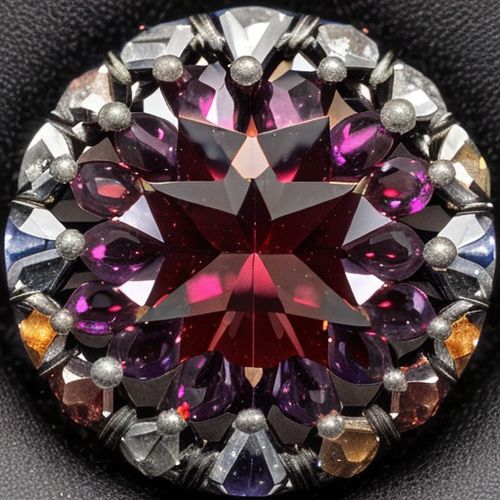
By Grace Cox/Apr 27, 2025

By Christopher Harris/Apr 27, 2025
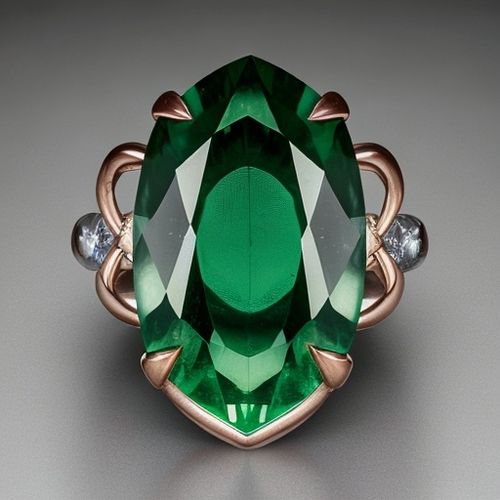
By Thomas Roberts/Apr 27, 2025
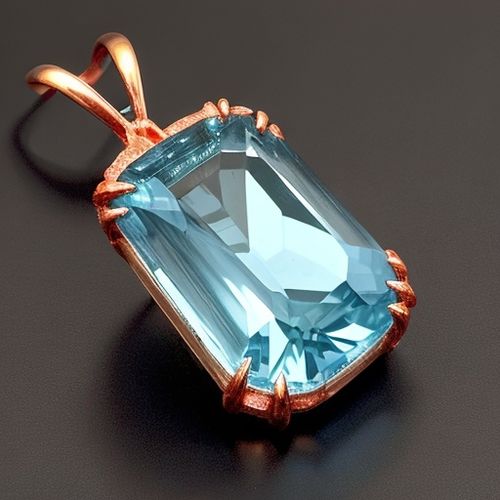
By Joshua Howard/Apr 27, 2025
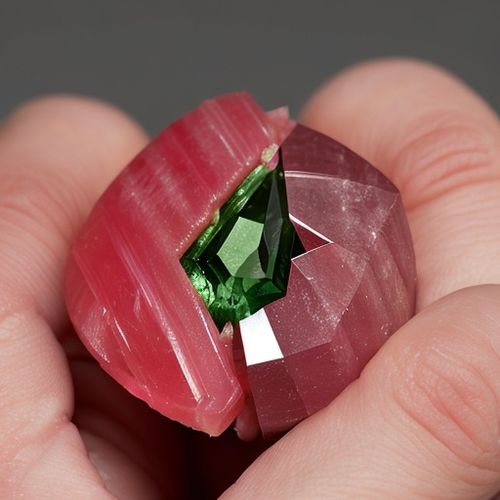
By George Bailey/Apr 27, 2025
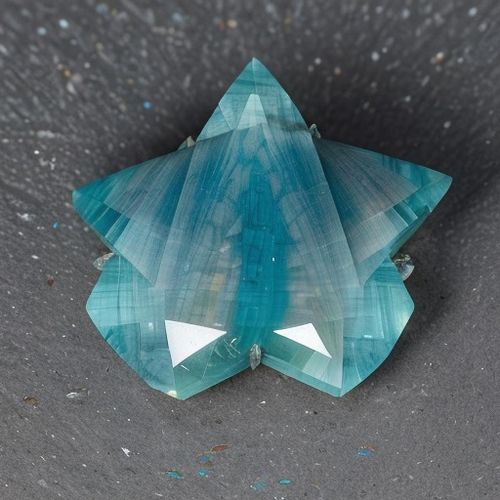
By Amanda Phillips/Apr 27, 2025
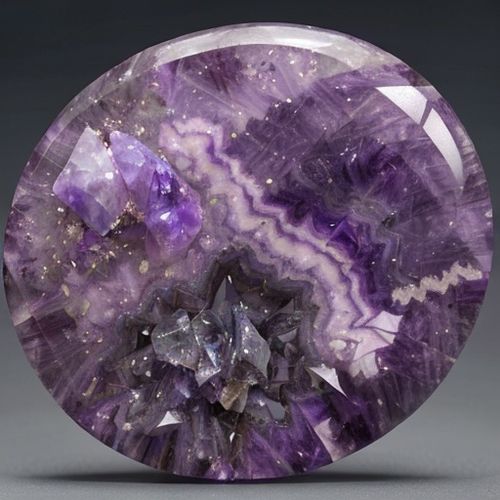
By Emily Johnson/Apr 27, 2025
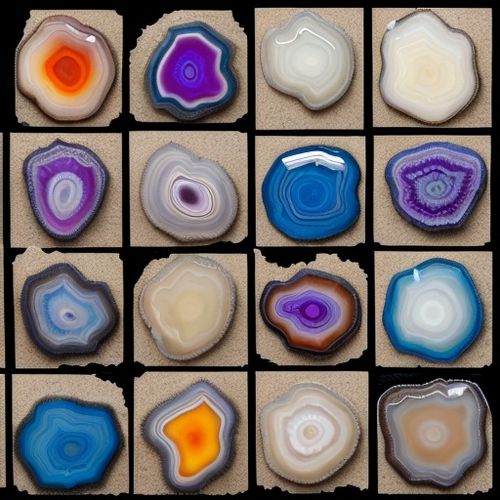
By Samuel Cooper/Apr 27, 2025
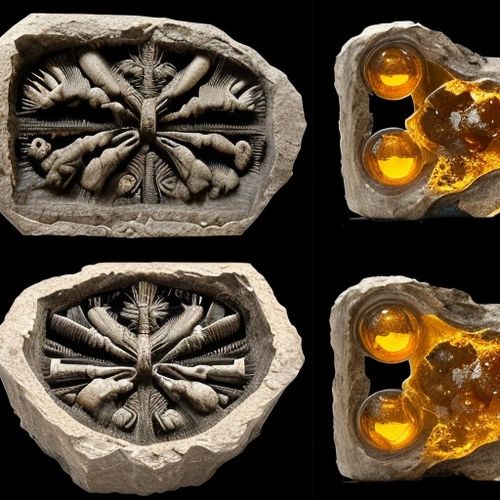
By Emma Thompson/Apr 27, 2025

By George Bailey/Apr 27, 2025
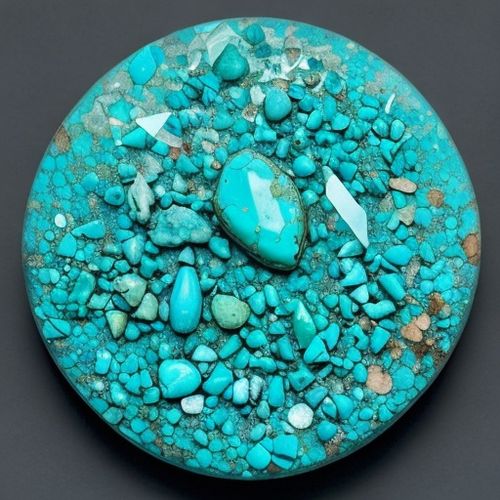
By Eric Ward/Apr 27, 2025
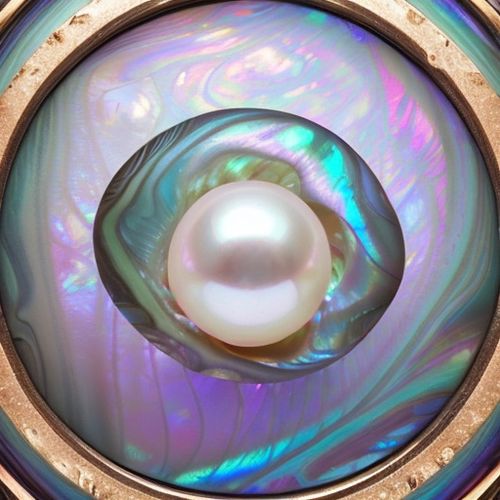
By Noah Bell/Apr 27, 2025

By Samuel Cooper/Apr 27, 2025
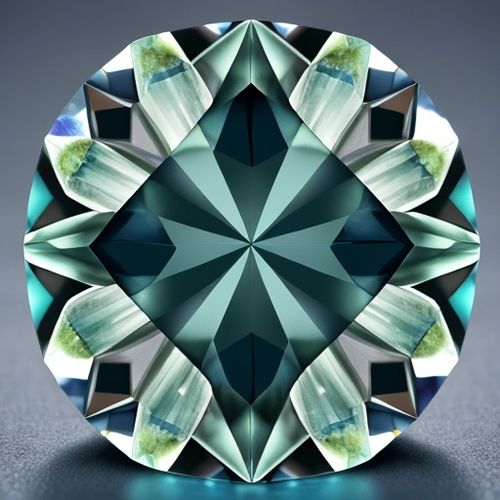
By Eric Ward/Apr 27, 2025
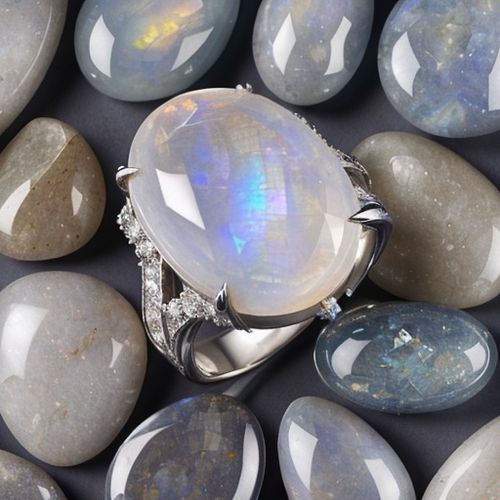
By George Bailey/Apr 27, 2025
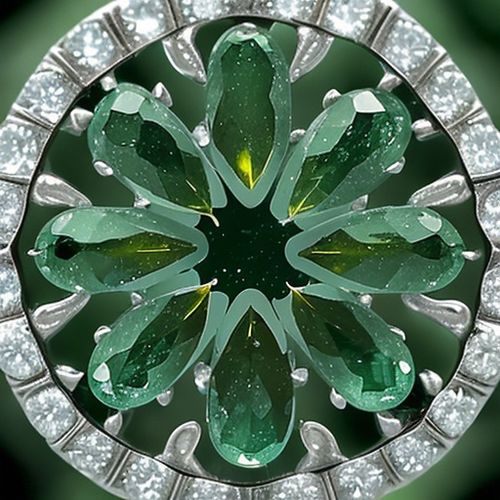
By Eric Ward/Apr 27, 2025
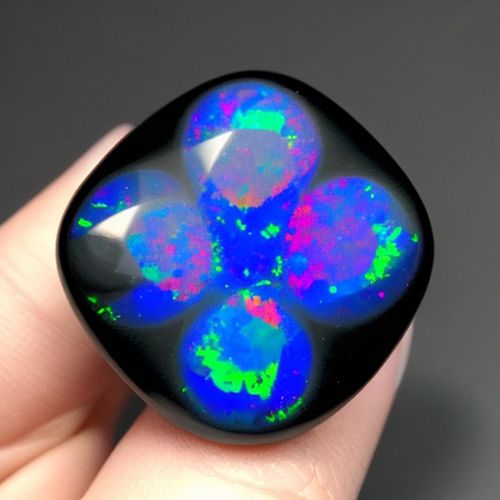
By David Anderson/Apr 27, 2025
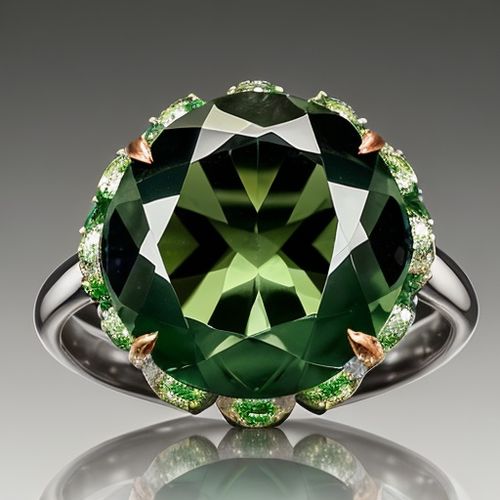
By Lily Simpson/Apr 27, 2025
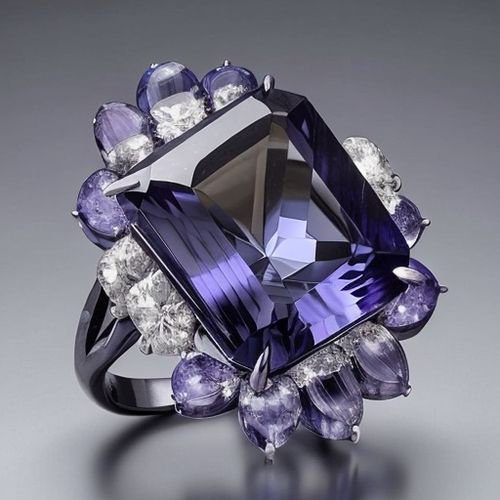
By Natalie Campbell/Apr 27, 2025
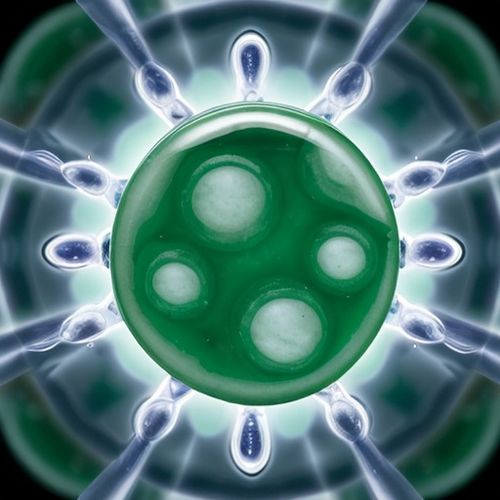
By William Miller/Apr 27, 2025